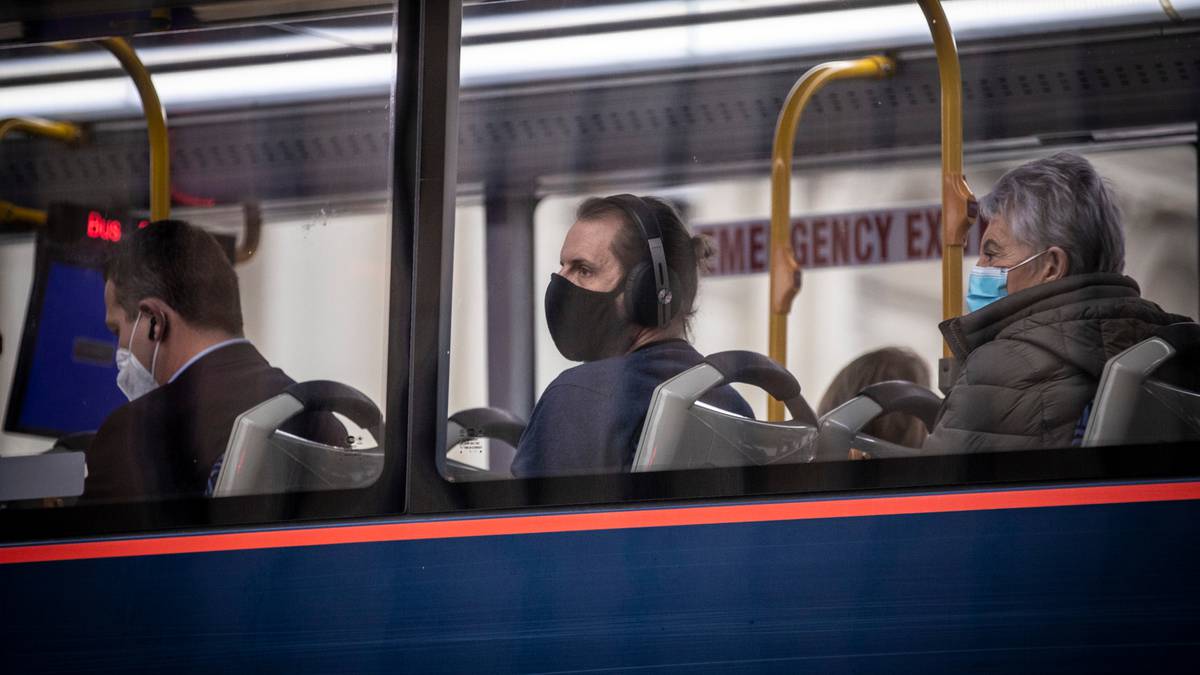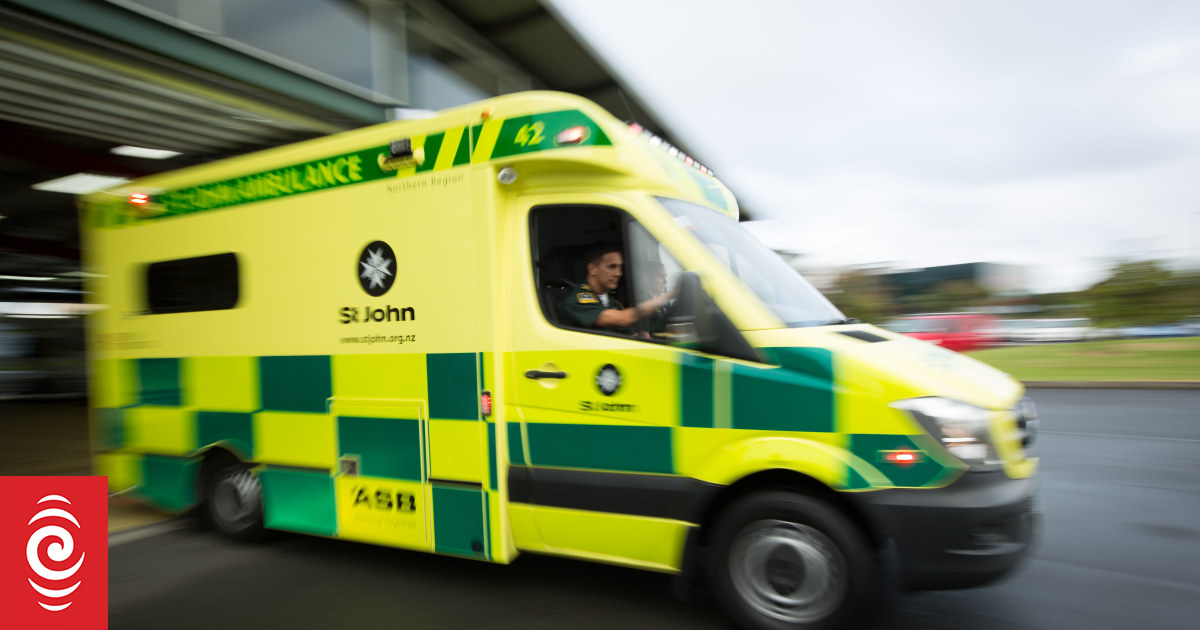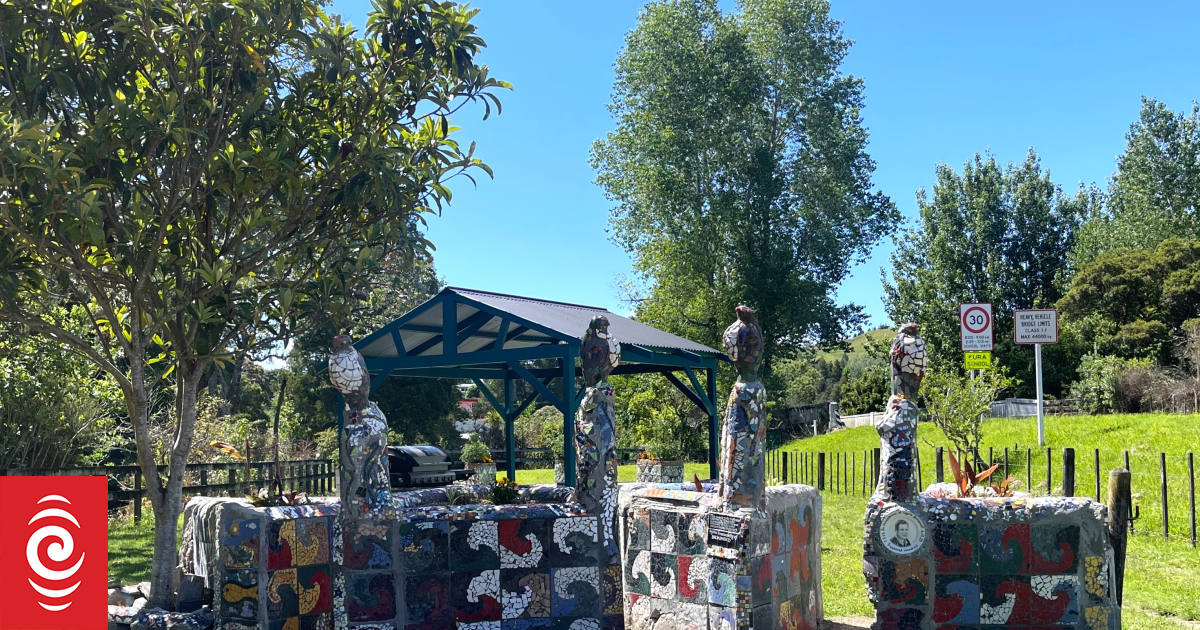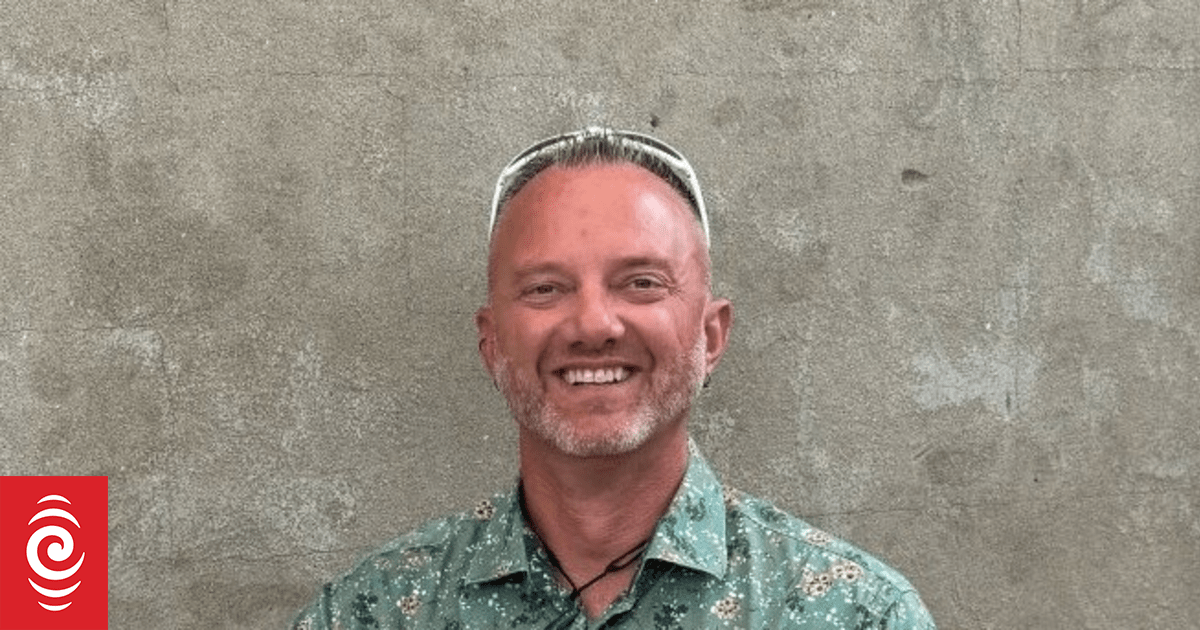Masks and RATs will now be free for the public, but the second wave of Covid is already hitting Northland hard. Photo / NZME
The second wave of Covid-19 is breaking across Northland with a ward of Whangārei Hospital closed after patients contracted the disease.
The Ministry of Health also announced masks and Rapid-Antigen Tests (RATs) will now be free to the public.
The Government has expanded the availability of anti-viral drugs, which help keep Covid patients out of hospital. They will now be offered to those aged 75 and over – about 400,000 people.
Health NZ interim Northland director Tracey Schiebli said an increase in patients testing positive in Whangārei Hospital’s Ward 1 led to it being closed to visitors. She said it was possible visitors or staff who had no symptoms brought the virus into the hospital.
Schiebli said a plan was in place to manage the outbreak, which included infection prevention control measures and communicating to the whānau of patients.
“This is just one of the challenges we face as a country and health service to live with Covid-19.
“It is therefore critical that all staff, visitors and support people must continue to wear masks appropriately when in the hospital to protect patients and staff,” Schiebli said.
There was now significant and growing community spread of Covid-19 in Northland, with more than 200 new cases reported daily this week by the Ministry of Health.
/cloudfront-ap-southeast-2.images.arcpublishing.com/nzme/G2J5W5HPDOXZQHBPBOG4VMOTM4.jpg)
Schiebli said there had been a lag of 4-6 weeks in the past between infection rates in Auckland and Northland but this had reduced to about a week.
Nationally New Zealand was battling a second wave of Covid infections, with more than 11,000 community cases for a third straight day. The upswing of national rates took off about a week ago signalling the new wave was breaking across Northland now.
How is Northland tracking with Covid?
/cloudfront-ap-southeast-2.images.arcpublishing.com/nzme/YI5R2VWIG7TLZ7PAZO7E4RJ3XY.jpg)
University of Canterbury Te Pūnaha Matatini Centre of Excellence Professor Michael Plank said that the waves of transmission across the country were more consistent.
“The first wave was like someone chucked a rock in the pond and that rock landed in Auckland, then ripples spread out and hit different parts of the country at the same time.
“Now it’s a bit more like a rising tide. It’s hitting different places more so at the same time than in the first wave.”
Plank said the lack of border restrictions was the main difference compared to the first wave.
/cloudfront-ap-southeast-2.images.arcpublishing.com/nzme/RWJMHGFZ2GTSEZ5K3HNJS6VOTQ.jpg)
“I think it’s partly the border being open now and cases are coming in from outside the country, and those cases are going to be dispersed across New Zealand. When a new variant comes along it’s got a good chance of getting established in different parts of the country.”
There have been 280 new cases of Covid-19 in Northland in the 24 hours before 6am yesterday.
Whangārei District is Northland’s Covid hotspot with 156 cases, followed by 84 in Far North and 40 in Kaipara.
Plank said Northland’s broad rural spaces would affect Covid cases.
“You could see particular outbreaks affecting different parts of the region at different times because they are relatively remote from one another.”
There were a total of 1596 active cases in Northland and 14 people with Covid are in hospital.
Plank said there was a shift to hospitalisation and severe illness among older age groups which was placing strain on the health system.
“Our health system is already incredibly stretched in the winter period, with flu and other winter ailments, and then add a significant Covid wave on top of that.
“Over time, hopefully, we’ll get better vaccines, better treatments and will build a broad immunity base in the population… but it’s going to remain a significant public health issue for some time to come.”




